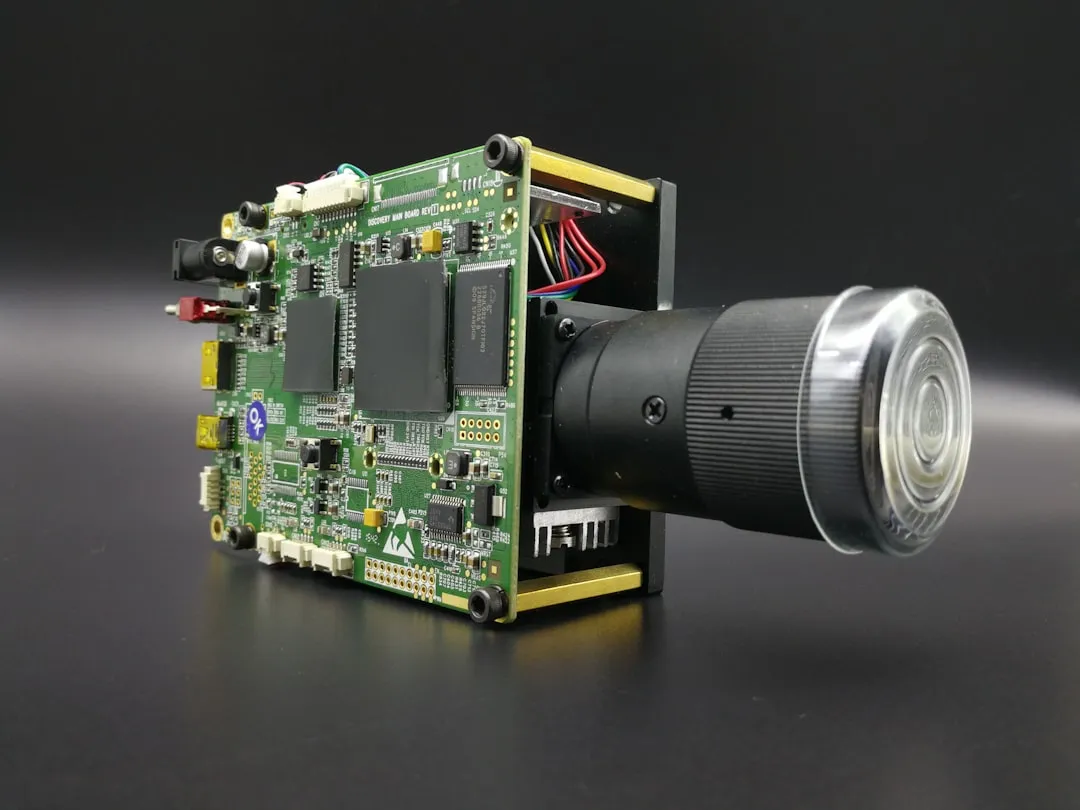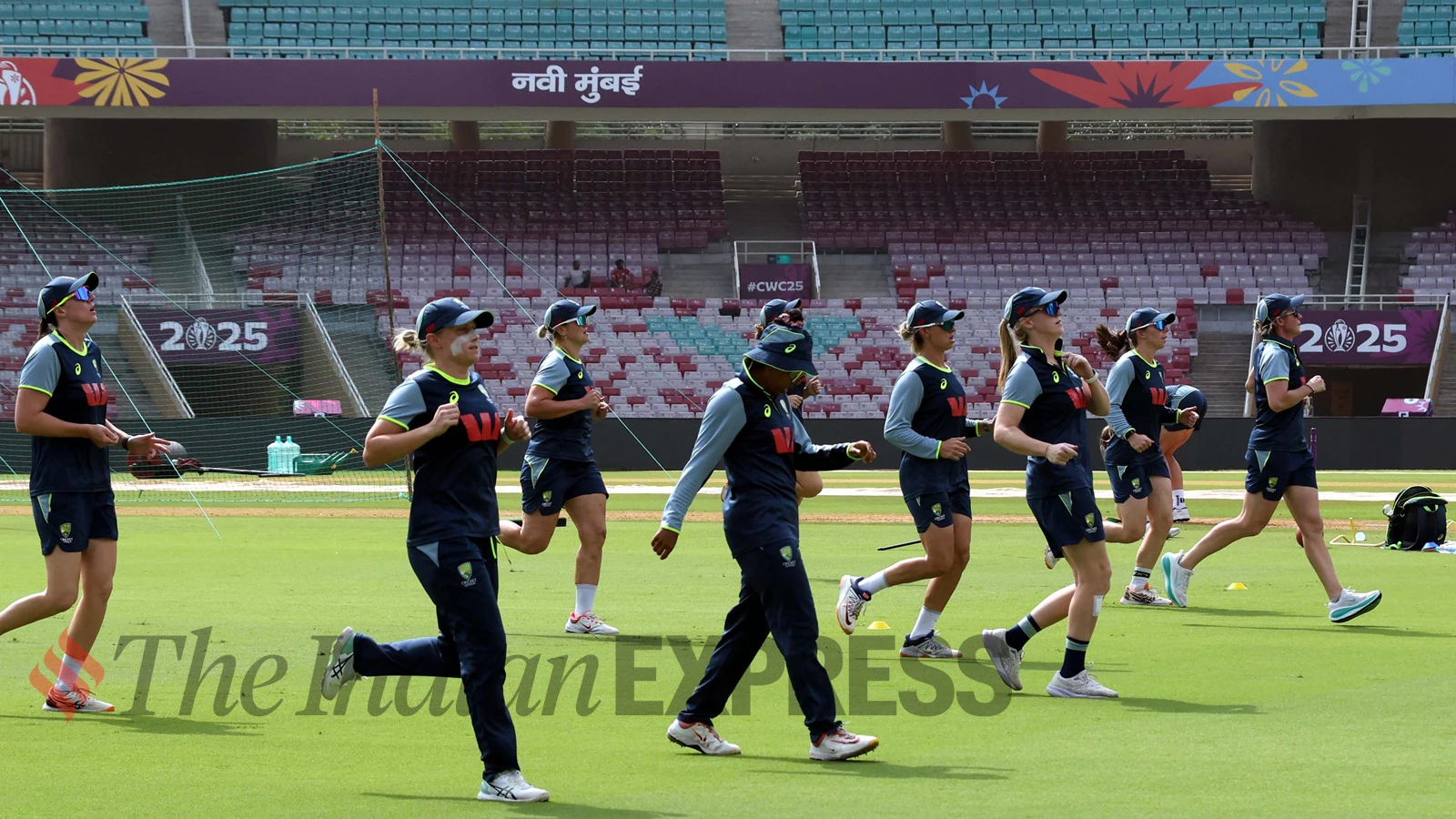Increased stress levels and anxiety are the main reasons for strokes in present times. To be able to identify the risk factors and sudden symptoms, and initiate early treatment could reduce brain damage and be safe, said medical experts, who…
Author: admin
-

Dow, S&P 500, Nasdaq waver as Fed cuts rates for 2nd straight meeting, Nvidia surges
Caterpillar stock (CAT) surged over 12% on Wednesday, boosting the Dow, after the company reported a third quarter earnings beat and a better-than-expected fourth quarter outlook that outshone the increased impact from tariffs.
The mining and construction machinery maker recorded adjusted profits per share of $4.88, which was above analysts’ estimates of $4.52, according to S&P Global Market Intelligence. The Energy & Transportation segment was a bright spot, with both sales and profits rising 17% versus the third quarter of 2024.
“With a record backlog, strong order rates, and continued growth in sales to users, our outlook has improved since last quarter,” CEO Joseph Creed said. “For the fourth quarter, we anticipate strong sales growth versus the prior year.”
However, Caterpillar said tariffs affected all three of its business segments during the quarter. Going forward, Caterpillar adjusted its forecast for tariff impacts to be between $1.6 billion and $1.75 billion for the full year. Previously, Caterpillar guided for a hit of $1.3 billion to $1.5 billion.
Read more live coverage of corporate earnings.
Continue Reading
-

Can bowhead whales with their 200-year lifespan help us to slow ageing? | Science
With a maximum lifespan of more than 200 years, the bowhead whale lives longer than any other mammal. But how the 80-tonne beasts survive so long has never been fully explained.
Now scientists have found hints of an answer and are drawing up plans…
Continue Reading
-

‘Forgotten Island’ Cast Includes H.E.R., Dave Franco, Jenny Slate
DreamWorks Animation has assembled a buzzy voice cast for “Forgotten Island,” an animated adventure that’s set to release in 2026.
Lea Salonga, Dave Franco, Jenny Slate, Manny Jacinto, H.E.R. and Liza Soberano (“Lisa…
Continue Reading
-

AirPods Pro H3 Chip Revolution: Cameras Coming 2026
Apple’s latest AirPods Pro 3 have already set a new standard for wireless earbuds, but the company isn’t stopping there. What we are seeing now could be the start of something much bigger. Apple’s development teams are actively working on…
Continue Reading
-

Unlocking the secrets of NMDA receptors for better brain health
As information zings from cell to cell inside the brain, bursts of electricity spur its transmission. At Cold Spring Harbor Laboratory (CSHL), scientists have turned their attention to the tiny pores that let charged ions enter a…
Continue Reading
-

This talented 12-year-old set a world record while balancing on his bike
Meet Jordi Sala Hernandez, a 12-year-old trials biking titan from Girona, Spain.
He holds the record for the most car roofs traversed on a bicycle performing a wheelie in one minute!
This means Jordi had to hop across 10 cars that were parked…
Continue Reading
-

Australia expecting tough contest, under no illusions given India’s depth of batting: Head coach Shelley Nitschke | Cricket News
Australia expect a “tough contest” and are under no illusions given India’s depth of batting order despite the hosts being without in-form opener Pratika Rawal, said former spinner and head coach Shelley Nitschke ahead of Women’s World…
Continue Reading
-

Prince & Princess of Wales highlight the importance of protecting the oceans: Watch
Prince William and Kate weigh in on how important the ocean is Prince William has just shed some light on the importance of protecting the ocean, in a short video shared to the Kensington Palace’s official…
Continue Reading
-
Just a moment…
Just a moment… This request seems a bit unusual, so we need to confirm that you’re human. Please press and hold the button until it turns completely green. Thank you for your cooperation!
Continue Reading
